A Complete Guide to Keeping Your Hoya Healthy and Thriving
The wax plant, also known as Hoya, is a stunning and resilient tropical houseplant admired for its waxy leaves and fragrant, star-shaped flowers. While it’s low-maintenance, the key to long-term success lies in protecting it consistently—not just from extreme conditions, but also from environmental stress, pests, and improper care.
In this guide, we’ll walk you through how often and in what ways you should protect your wax plant to ensure lush growth and long-lasting blooms.
Understanding the Wax Plant’s Needs
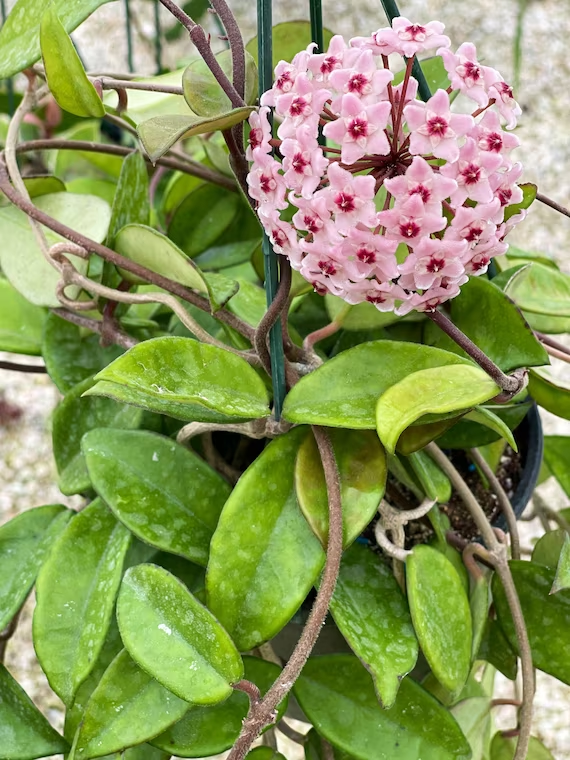
Before diving into protection routines, it’s important to understand the wax plant’s natural tendencies:
- Native Habitat: Hoyas originate from tropical Asia and Australia, where they climb along trees and thrive in filtered light.
- Growth Habit: These plants can be grown in pots or hanging baskets, often developing long vining stems.
- Flowering: Under the right conditions, they bloom beautifully—usually in spring or summer.
Because the wax plant is sensitive to certain changes, protecting it becomes a regular part of care rather than an occasional fix.
1. Protect Weekly from Overwatering
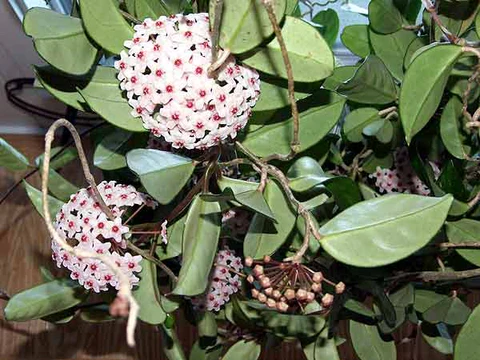
Watering is where many gardeners go wrong. The wax plant doesn’t like soggy soil. Overwatering can lead to root rot—a silent killer.
Protection Tip: Check the soil weekly before watering. Only water when the top 2 inches are dry. Use a well-draining soil mix and make sure your pot has drainage holes.
Bonus Tip: In winter, water even less frequently—every 2–3 weeks, depending on humidity levels.
2. Shield from Direct Sunlight Daily
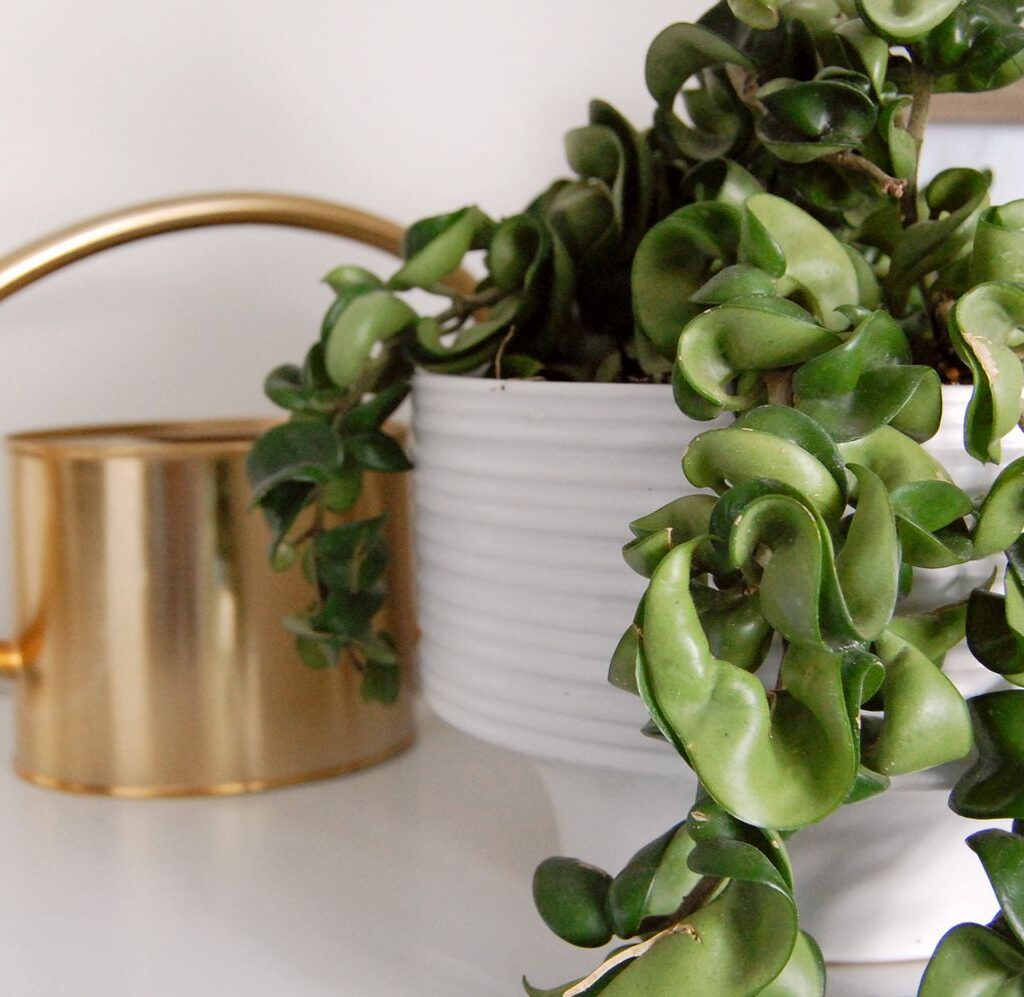
Hoyas love bright light, but harsh, direct sunlight—especially afternoon sun—can burn the leaves.
Protection Tip: Place your wax plant in bright, indirect light—ideally near an east- or north-facing window. Use sheer curtains to filter intense rays.
Frequency: This is a daily practice. Monitor sun patterns as seasons shift and reposition the plant as needed.
3. Defend Monthly from Dust and Debris
Dust buildup on the waxy leaves can clog the plant’s pores, reducing photosynthesis and dulling its shine.
Protection Tip: Once a month, gently wipe the leaves with a soft, damp cloth. Avoid using any leaf polish, which can harm the natural waxy coating.
Bonus: Cleaning your plant regularly also helps you detect early signs of pests.
4. Monitor for Pests Biweekly
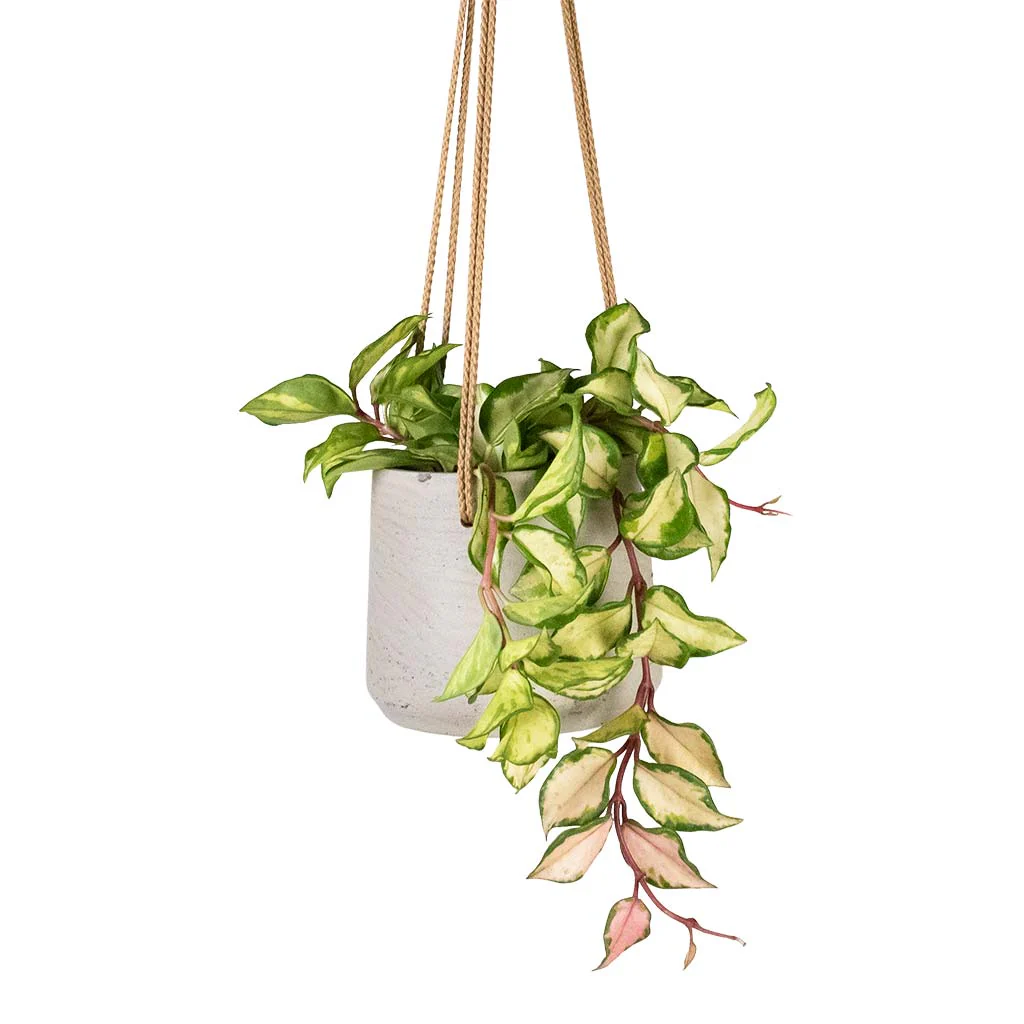
Even though wax plants are fairly resistant, they can fall prey to pests like mealybugs, aphids, and spider mites.
Protection Tip: Every two weeks, inspect leaf joints and the undersides of leaves for bugs or sticky residue. Treat infestations with neem oil or insecticidal soap.
Preventive Step: Isolate new plants for 2 weeks before placing them near your wax plant to avoid cross-contamination.
5. Adjust Humidity Weekly During Dry Seasons
Hoyas prefer a bit of humidity. In overly dry air, they may become crispy or stop flowering.
Protection Tip: During winter or in dry climates, check humidity weekly. Maintain levels around 40–60%. If needed, place a tray of water near the plant or use a humidifier.
Bonus Tip: Grouping houseplants together naturally increases local humidity.
6. Reinforce Structural Support Seasonally
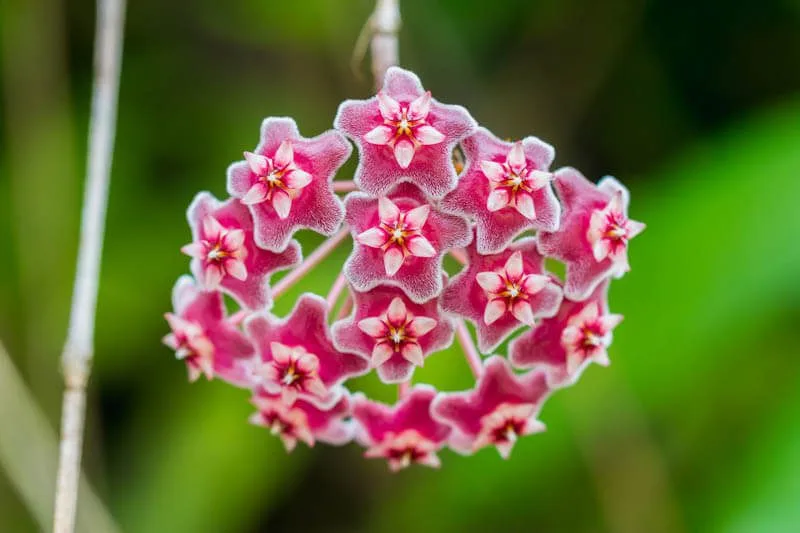
As wax plants grow, their long vines may become unruly or tangled. Providing proper support helps the plant grow upright and bloom more reliably.
Protection Tip: Every 3–4 months, check for drooping stems. Use a trellis, stake, or hoop to guide growth and improve airflow.
Why It Matters: Good support reduces stress on the plant and encourages healthy flowering.
7. Feed Gently Every Month (Spring–Fall)
Feeding your wax plant helps it resist stress and disease. But too much fertilizer can burn roots and foliage.
Protection Tip: Use a balanced, water-soluble fertilizer once a month during the growing season (spring to early fall). Dilute it to half-strength.
Avoid Fertilizing in Winter: The plant goes dormant, and feeding during this time can cause salt buildup.
8. Repot and Inspect Roots Every 2 Years
While Hoyas like being root-bound, over time their soil can compact, and roots may suffer.
Protection Tip: Every 2 years, repot your wax plant in fresh, well-draining soil. While repotting, inspect roots for rot or damage and trim as needed.
When to Repot: Do this in early spring, just before the active growth season.
9. Prune With Care Once or Twice a Year
Pruning helps your wax plant stay neat and prevents disease by improving airflow. But aggressive or frequent pruning can stress it.
Protection Tip: Lightly prune once or twice a year, preferably after flowering. Focus on removing dead leaves or leggy vines.
Warning: Never cut the flower spurs (short stalks where flowers grow), as Hoyas rebloom from the same spot.
10. Watch for Seasonal Changes Weekly
Seasonal changes affect watering, light, and temperature needs. Your wax plant’s protection plan should adapt accordingly.
Protection Tip: Check your plant weekly as seasons change. In summer, increase humidity and watch for sunburn. In winter, reduce watering and guard against cold drafts.
Final Thoughts: Protecting with Consistency is Key
Protecting a wax plant isn’t about excessive effort—it’s about regular, mindful care. From adjusting watering schedules and light exposure to controlling pests and supporting growth, each step contributes to a healthier, happier Hoya.
Recap – How Often Should You Protect Your Wax Plant?
| Protection Type | Frequency |
|---|---|
| Check watering needs | Weekly |
| Shield from direct sunlight | Daily |
| Clean leaves | Monthly |
| Inspect for pests | Biweekly |
| Adjust humidity | Weekly (dry seasons) |
| Support vines | Seasonally |
| Fertilize | Monthly (spring–fall) |
| Repot & inspect roots | Every 2 years |
| Prune | 1–2 times a year |
| Adapt care seasonally | Weekly |
By keeping up with these protection routines, your wax plant will reward you with healthy growth and delightful blooms for years to come.

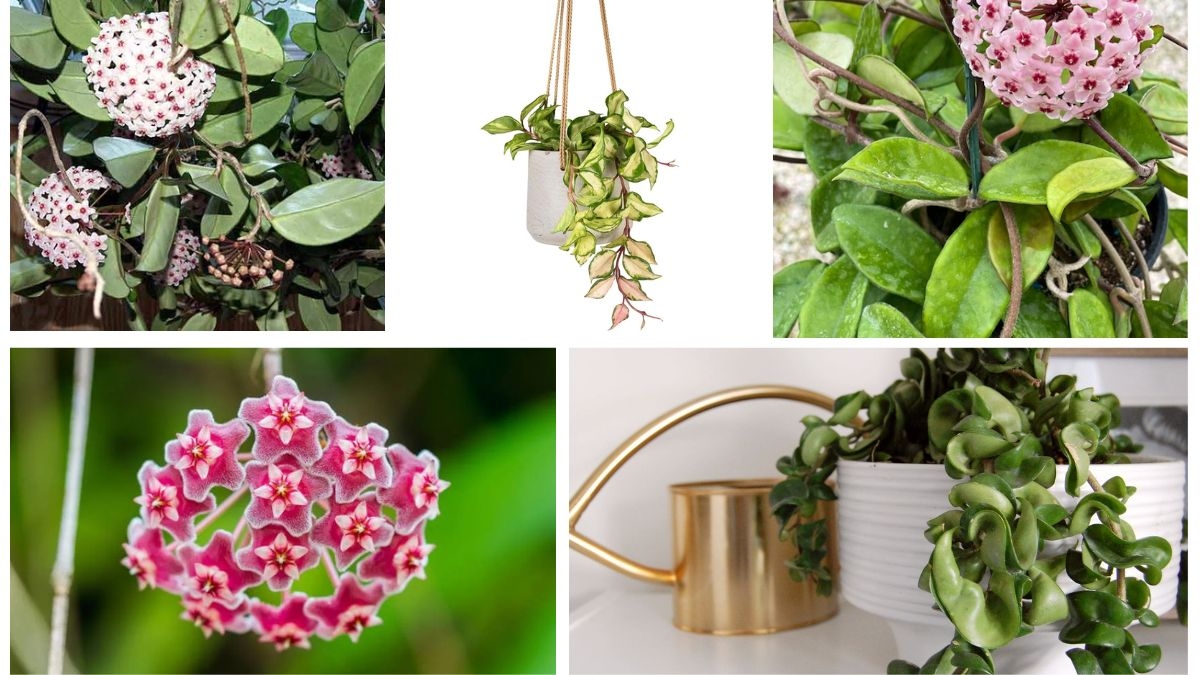




Leave A Comment